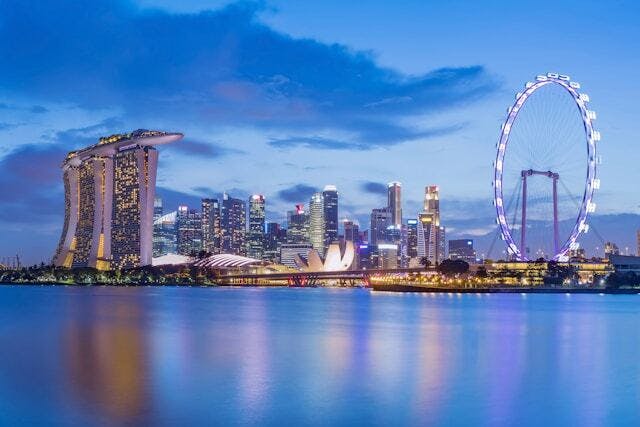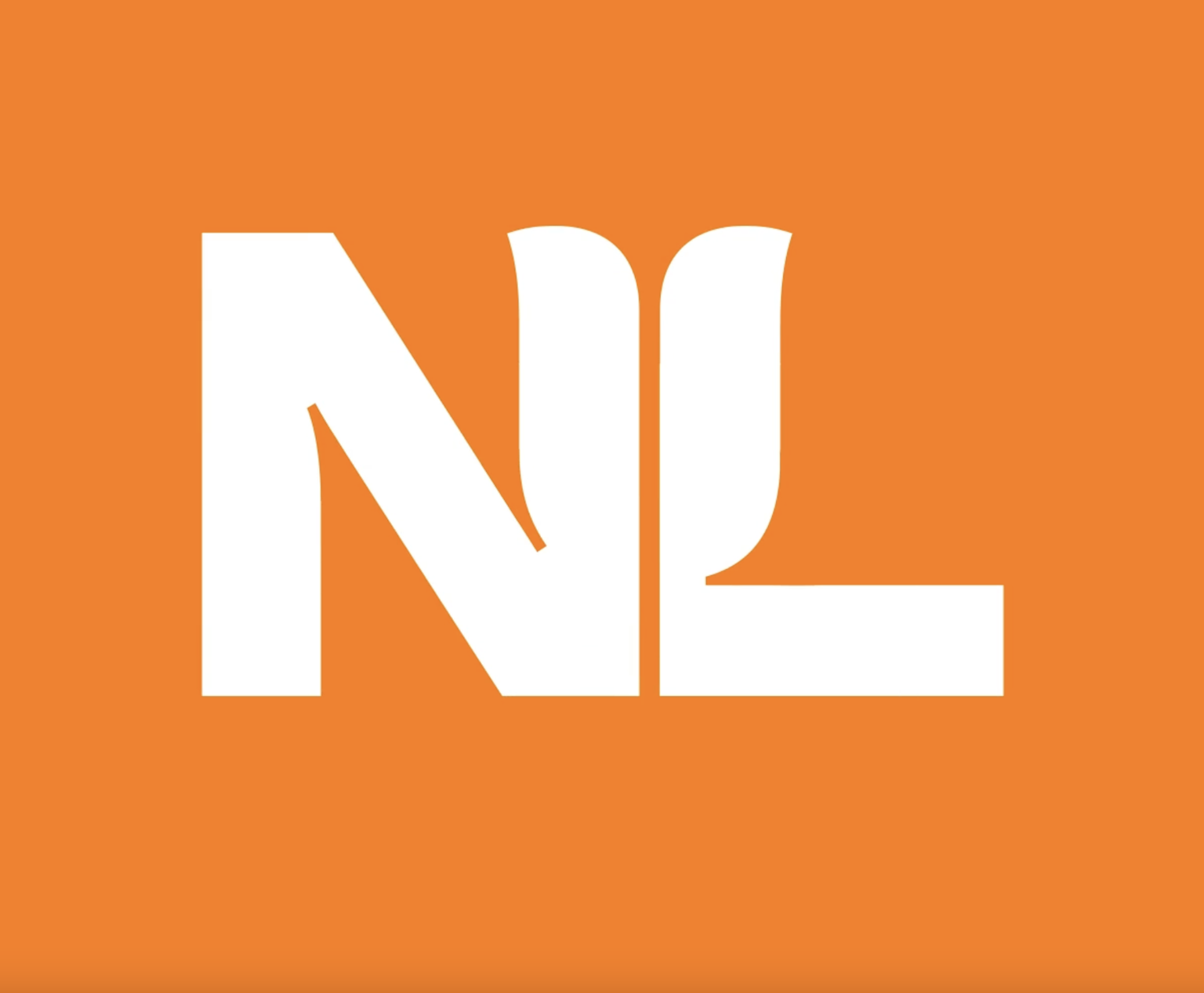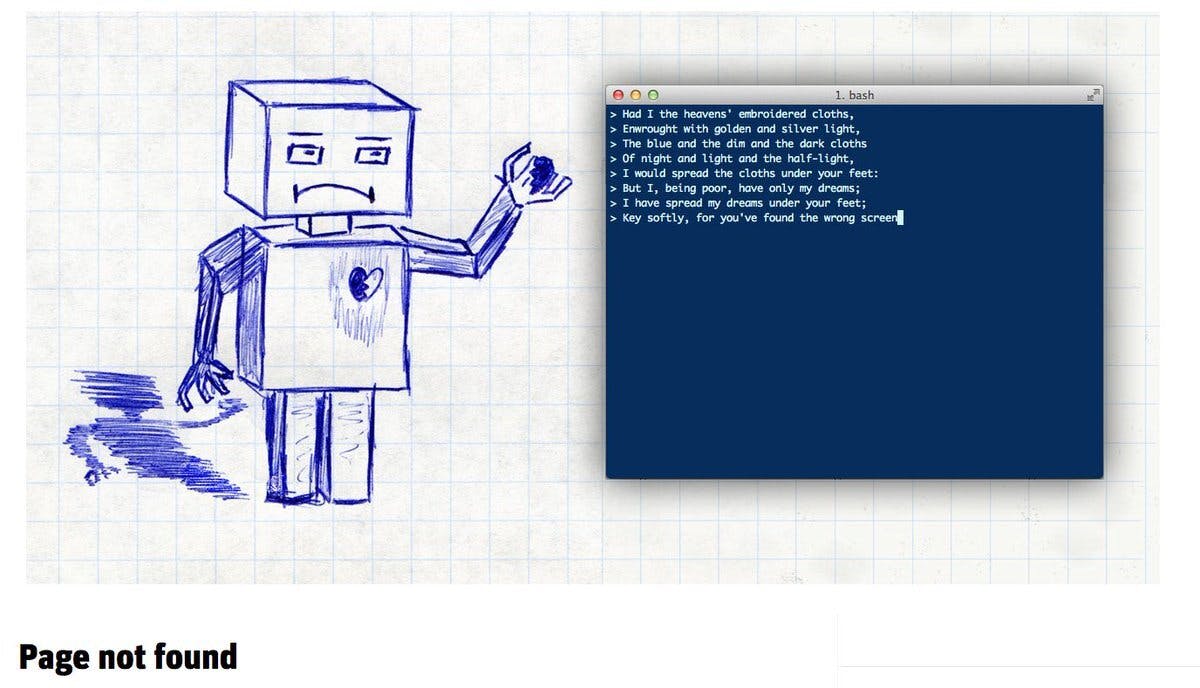In the growing movement where many people are prioritizing wellness—re-evaluating their habits and the things they consume—booze has become a primary enemy.
The commercial opportunity? A steep rise in alcohol-free and non-alcoholic (NA) beverages, which have become a burgeoning new category.
As these brands leverage “holidays” like Sober October and Dry January as part of their marketing tactics, NA brands are accelerating the movement—and the market—into the mainstream.
As a brand strategist, writer, and someone who’s been sober for some time, I can’t help but pay close attention to the rise of mainstream sobriety—and how NA beverage companies both capitalize on and contribute to it.
I’ve noticed how most brands default to doubling down on the absence of alcohol as a messaging platform. This tactic feels like a no-brainer for establishing the most relevant value proposition from the start. But it comes at the expense of blending into a cluttered landscape where every other brand is doing the exact same thing.
Jumping onto a consumer trend is an easy tactic for establishing relevance and getting the attention of your audience. But distinctiveness is what makes brands successful for the long haul. For NA beverages, this requires transcending the trend and cultivating an offering that goes far beyond being “anti-booze.” Ironically, there’s a lot that NA brands can learn from the alcohol industry about how to stand out.
Get specific with your spirit
The word “spirit” is rich in meanings when it comes to the spirits we drink.
Andrew Thomas, owner and distiller of Halftone Spirits, gave me a quick dive into how this word came to be: “Alchemists in the Mediterranean found the process of distilling wine to be an almost mystical transformation and held the process as a closely guarded secret. The term ‘spirit’ really referred to anything that was distilled—both physically and metaphorically—to its essential character.”
Advertising has done an incredible job of bringing the word “spirit” to life for alcohol brands—literally and metaphorically.
For example, Ciroc’s previous tagline “Go against the grain” plays with the brand’s unique use of grapes in the distillation process. It also taps into a mindset of being courageous and challenging yourself to defy your own expectations. It’s pretty fitting for a product that contains a substance colloquially known as liquid courage.
Advertising also invites us to associate alcohol with images of beautiful people gathered around on a night out, or evening in, emitting an infectious energy of connection and elevation. It makes sense that NA beverage brands have chosen to address a conditioned fear that you can’t feel spirited or elevated without alcohol. Just take a look at these taglines:
“A drink for when you’re not drinking.” - Recess
“All of the spirit. None of the booze.” - Ghia
“For pleasure and restraint.” - De Soi
“Give up the booze. Not the Buzz.”- Cann Social Tonics
NA brands have defaulted to positioning themselves as a replacement for, or alternative to, drinking. But doing this dilutes the spirit of your brand tremendously. Be specific both literally (about what you are made of) and figuratively (about what you offer)—and capitalize on it. Come up with clever, exciting ways to communicate the spirit of the drink—not the spirit of drinking.
Talk about flavors like feelings
Talking about flavor doesn’t only mean telling your consumer whether you’re citrusy, sweet, smokey, bright, robust, et cetera, et cetera. It’s about an experience—a sensation that occurs when you taste it. And making sure that the experience is ownable.
Coors Light is far from the best-tasting beer in the world, but they really champion their tagline “the coldest-tasting beer in the world.” It’s an offering that’s incorporated into their process and their packaging. Their cans are always delivered cold, and the blue mountains above the logo have become an iconic indicator for when it’s time to crack one open.
There are more ways at getting at the tasting experience without using flavor adjectives and aromas. Ghia, one of my favorite NA beverages, is a non-alcoholic aperitif that describes its product as “A grown-up indulgence that tastes like summer on the rocks.” It’s an excellent way to get at the sensory experience of the beverage, not only without referencing alcohol but also without being prescriptive about the flavor profile.
As the buzz around mainstream sobriety fades, and as more never-drinking consumers enter the market, talking less about booze will always offer more.
In a progressively saturated market, it will be increasingly important to convey to audiences why the experience of drinking your product is special. Do this by owning and expressing your individuality in a way that speaks to universal delights and desires.
Don’t make zero-proof your entire brand personality
Playing with language around the concept of ZERO is a turnkey entrance into creative messaging platforms—especially for NA spirits and beers. Ritual, for example, uses the tagline “Zero calories. Zero alcohol. Zero regret.” Monday, an alcohol-free spirits company, has a prominent copy line on their site that reads “enjoy cocktails guilt-free without compromise.”
If we think of brands that hopped on the bandwagon of diet culture, words like “zero” and “free” are quite effective. But if we look at how the culture around dieting has evolved, these messaging strategies are no longer relevant.
As diet culture has faded away, we see more conversations around concepts like intuitive eating—not feeling guilty about consuming the things we enjoy in moderation. As the conversations around health and dieting have evolved, the conversation around drinking will also continue to evolve. And “zero-proof” is not guaranteed to be future-proof.
Messaging platforms and language constructs that zero in on zero-proof are once again proselytizing about what alcohol-free beverages have in common. But if you compare alcohol brands Stoli and Grey Goose, neither will message their vodka in the same way even though they offer the same product made with similar ingredients. They belong to completely different consumer profiles. Grey Goose is more elevated, premium, and refined. Stoli is much more playful, to go after a younger, edgier audience.
If you’re an NA spirit brand in the zero-proof game, you’re definitely not alone. Make it clear to your consumers that your product is not going to be about intoxication. But do it once, and then get beyond that. Focus on finding your people and making sure your personality shines for them.
Create a vibe people want to be a part of
The vibe that alcohol brands sell is congruous with the excitement, allure, and joy that surrounds the start of the night before things get messy. Aperol’s latest tagline “Together we joy” focuses on the experience of cheerfully hanging with friends in a buzzing Italian piazza for an aperitivo. Corona’s tagline “Find your beach” hooks us into a feeling of being on vacation mode, wherever we are.
While regular alcohol brands steer clear of messaging around getting intoxicated, NA brands continue to flood the market with messaging around the benefits of not getting intoxicated. But as not-drinking becomes more and more normalized, those benefits will no longer be a novelty.
If you’re an NA brand, you’re not subject to the same caution that alcohol brands must use to avoid promoting potentially harmful messages around a controlled substance. The possibilities are limitless. So don’t shy away from creating an infectious vibe around your product. This is how NA brands get ahead, even after sobriety loses its edge: by appealing to drinkers, non-drinkers, sometime-drinkers—and everyone in between.
This article was originally published in FMCG CEO.




